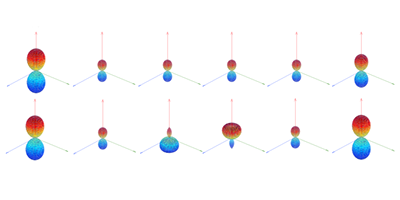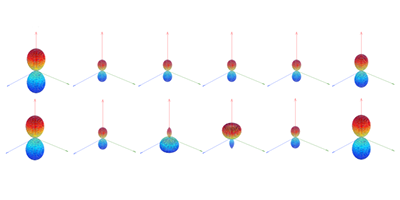Diamond Clocks on a Chip
Accurate timekeeping is key to many modern technologies, from telecommunications to positioning and navigation systems. Today’s most accurate standards of time are atomic clocks, which are based on the precise frequencies defined by internal atomic levels. But these clocks require complex infrastructures and are generally installed at dedicated laboratories or on GPS satellites. In Physical Review A, Jonathan Hodges at Columbia University, New York, and colleagues propose a way to make a much more portable precision clock that is based on a specific type of defect in diamond. Although these diamond clocks won’t likely break precision records, they could prove useful in many mobile applications, stepping in to keep time when GPS signals are obstructed or garbled.
Hodges et al. focus on diamond defects called nitrogen-vacancy centers, formed by a nitrogen impurity atom that sits next to a missing carbon atom. These vacancy centers behave as atomlike entities, with precisely defined energy levels that can be isolated from the environment and manipulated by light. Hodges et al. develop the theory for a solid-state clock scheme based on transitions between different spin states of these centers, which can be controlled and read out by a combination of microwave radiation and green laser light. According to their calculations, temperature drifts of the resonance frequency would pose a major limitation to the clock’s precision, but these effects could be controlled by properly engineering the diamond lattice strain and by exploiting the synchronization of two clocks designed to have different temperature dependences. In theory, the clock’s precision could approach that of conventional atomic clocks, making this scheme a promising timekeeping platform that could be integrated on a chip. – Matteo Rini





